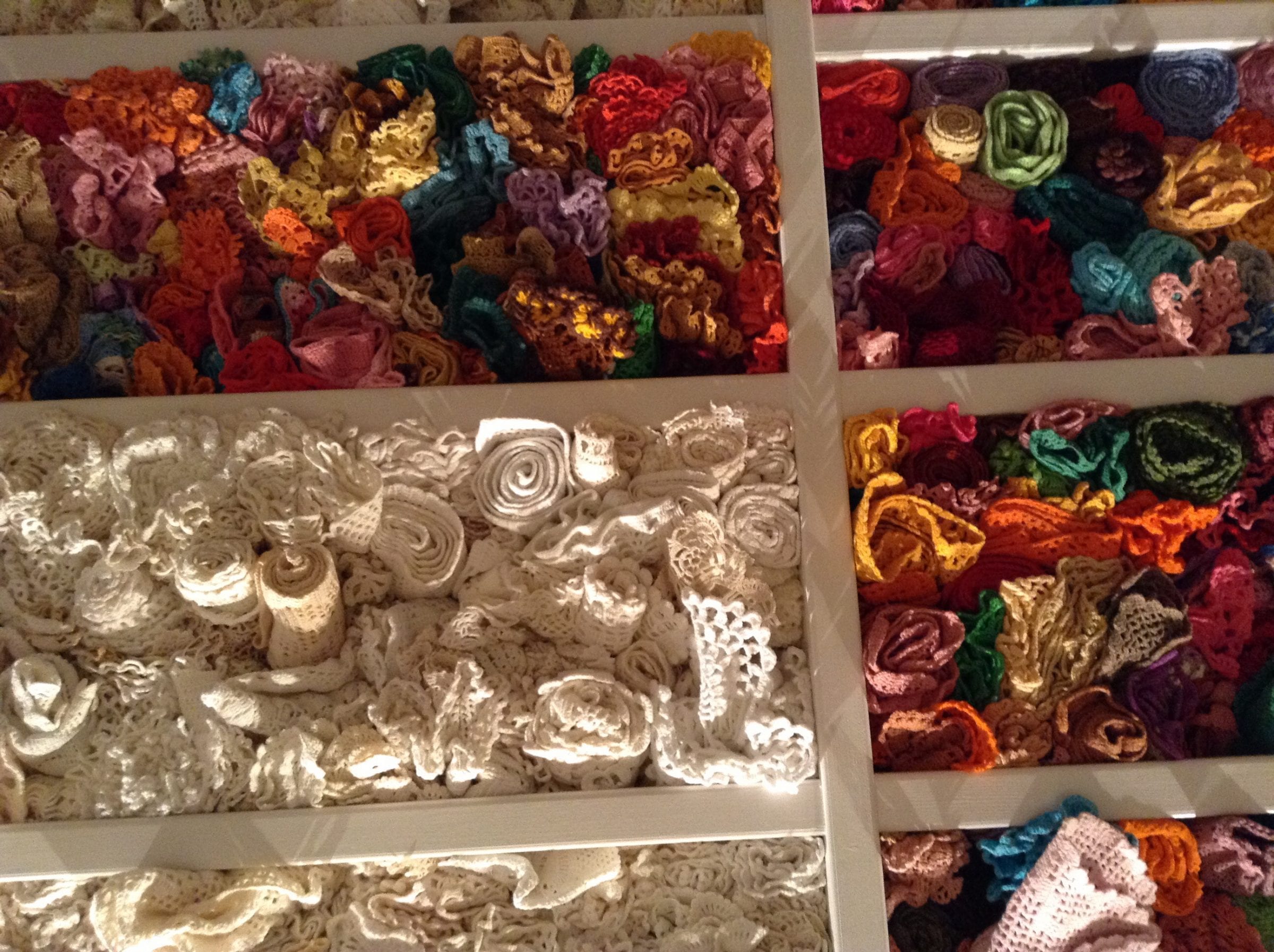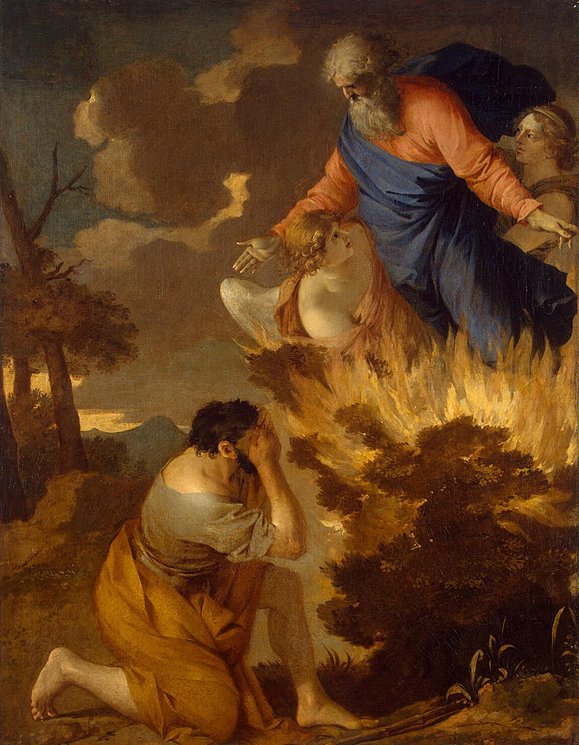Sébastien Bourdon was born on February 2, 1616 in Montpellier, France. He was a French painter with a considerable reputation for landscapes who used nature largely as a backdrop for historical and religious works. He was also known for his colorful caricatures and strikingly lifelike portraits. Bourdon excelled at imitating the styles of other painters and adding a personal touch, but he never developed an art style of his own. At the age of seven he was sent by his father to Paris as an apprentice to a painter, but he left his apprenticeship when he was 14 and traveled to Bordeaux and then to Toulouse. Having no financial support, he enlisted in the army, but an officer recognized his artistic talent, discharged the young man, and in 1634 financed a visit to Rome.There, Bourdon became acquainted with the painters Claude Lorrain and Nicolas Poussin and worked for an art seller by providing imitations of their works.Bourdon returned in 1637 to Paris, where he soon obtained commissions. In 1643 he was commissioned to paint St. Peter’s martyrdom for Notre-Dame, and he completed several other works during this time. In 1652 Bourdon went to Sweden, where he rapidly became the chief painter of Queen Christina, who posed for him several times. In 1653 he returned to Paris, where he carried out commissions for the government in addition to painting “Dead Christ” for the church of Saint-Benoît. In 1657 he went to Montpellier to paint a large work for the cathedral, “The Fall of Simon Magnus. ”In the final years of his life Bourdon executed commissions for the city of Cologne and the Abbey of St. George. His final work, “The Deification of Hercules,” in the Tuileries Palace, was interrupted by his death. Sébastien Bourdon died on May 8th, 1671 in Paris, France.
The Painting:
Moses and the Burning Bush
Made during 1642 and 1645 in France
Oil Painting
136×106.5 cm.
Moses and the Burning Bush, painted by Sébastien Bourdon, is portraying God and angels coming down to the Shepard Moses in showing up in a burning bush to give Moses a message. At the time, Moses was tending his sheep on Mount Horeb and all of a sudden saw a flame in a bush. He moved closer to the bush to see how the bush was on fire but not consumed. God then called to him out of the very centre of the flames and revealed His name to Moses, making him His chosen one. The Lord instructed Moses to go to the Pharaoh and lead the oppressed sons of Israel out of Egypt. Moses covered his face with his hands, since he was afraid to look upon God. Exodus 3:7-12 says, “Then the Lord said, ‘I have observed the misery of my people who are in Egypt; I have heard their cry on account of their taskmasters. Indeed, I know their sufferings, and I have come down to deliver them from the Egyptians, and to bring them up out of that land to a good and broad land, a land flowing with milk and honey, to the country of the Canaanites, the Hittites, the Amorites, the Perizzites, the Hivites, and the Jebusites. The cry of the Israelites has now come to me; I have also seen how the Egyptians oppress them. So come, I will send you to Pharaoh to bring my people, the Israelites, out of Egypt.’ But Moses said to God, ‘Who am I that I should go to Pharaoh, and bring the Israelites out of Egypt?’ He said, ‘I will be with you; and this shall be the sign for you that it is I who sent you: when you have brought the people out of Egypt, you shall worship God on this mountain.'” This verse corresponds with the painting very well and Sébastien Bourbon does a really nice job of showing the emotions that Moses feels in the moment that God calls upon him. In this moment, Moses is bent over with his hands covering his face. He is clearly overwhelmed and stressed out, feeling anxious about the future that God has in store for him. In the background of this painting, there is the wilderness behind Moses, showing that before he came upon the burning bush he had been in the woods with his flock. Now he is going on to be the leader of the people of Egypt, rather than being a Shepard.
Bourdon, Sebastien. “Burning Bush – Sebastien Bourdon.” Www.wikiart.org. Accessed December 11, 2016. https://www.wikiart.org/en/sebastien-bourdon/burning-bush.
“Moses and the Burning Bush – Sebastien Bourdon.” Sebastien Bourdon – Hermitage Museum. Accessed December 11, 2016. http://www.arthermitage.org/Sebastien-Bourdon/Moses-and-the-Burning-Bush.html.
Rate Limited. Accessed December 11, 2016. http://european-art.findthedata.com/l/9384/Moses-before-the-Burning-Bush.
Holy Bible: New Revised Standard Version, Containing the Old and New Testaments. Grand Rapids, MI: Zondervan Bible Publishers, 1990.
Pixley, Jorge V. On Exodus: A Liberation Perspective. Maryknoll, NY: Orbis Books, 1987.
Emily Bohlig

